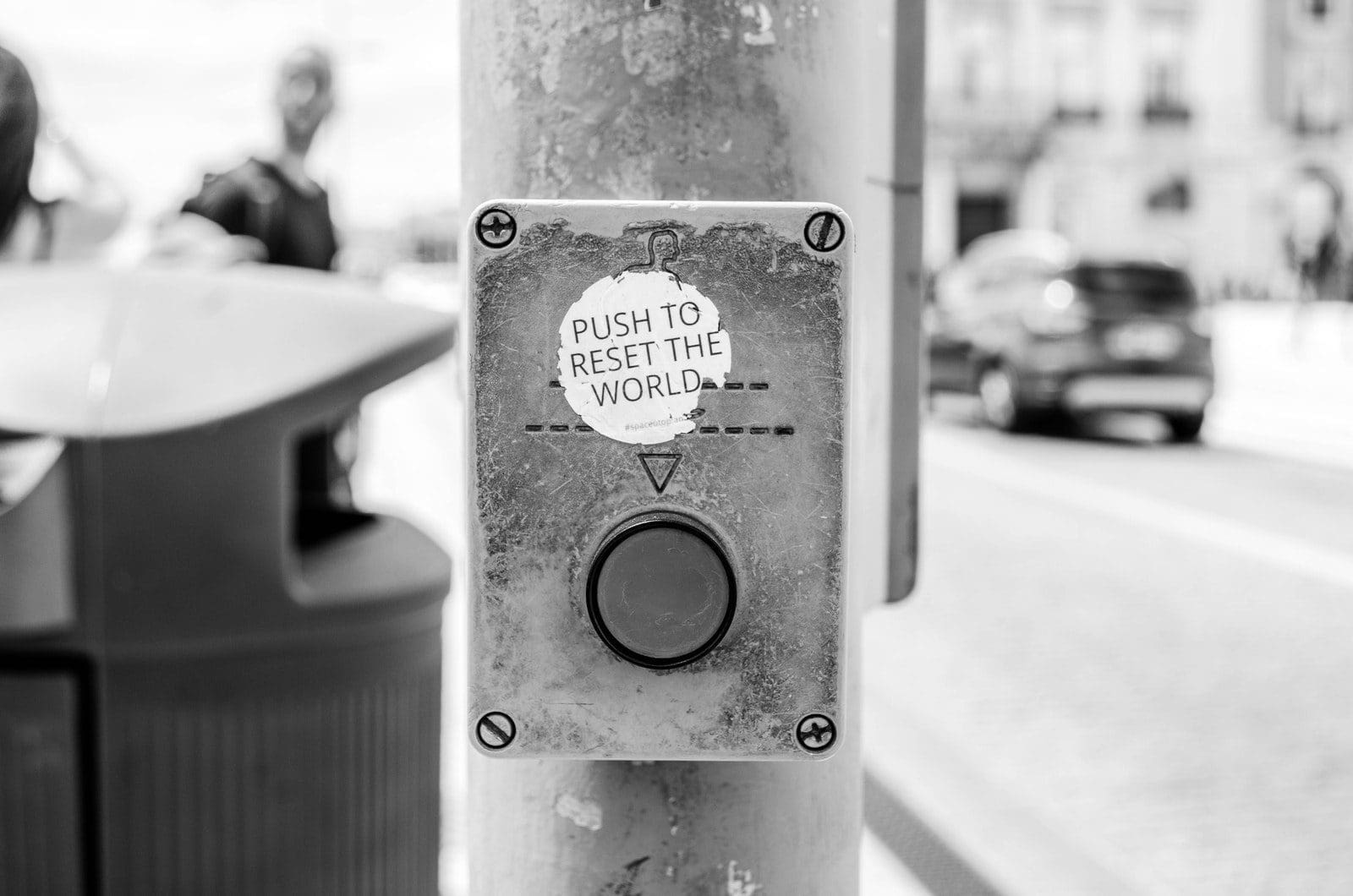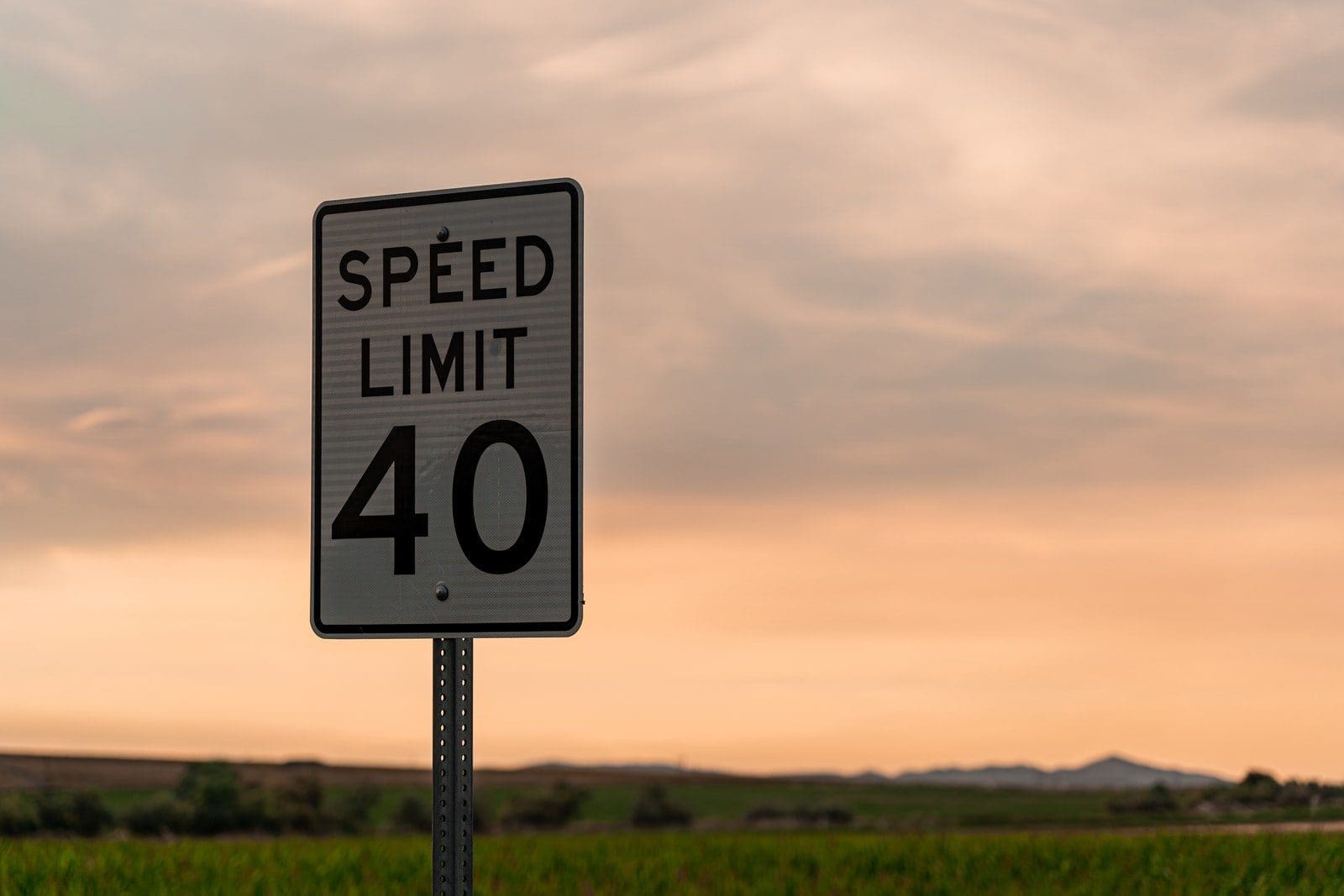
People want to remain safe where they live. Forming neighborhood watches helps neighbors get to know each other. It also keeps the streets safe.
The United States population lives in one of four types of neighborhoods:
- Rural
- Small metropolitan
- Large suburban
- Urban
In addition, another survey found that 52% of participants describe their neighborhoods as suburban, 27% as urban, and 21% as rural. The bulk of families continue living in suburban zones. Therefore, drivers should exercise caution when driving through them.
The following are seven road safety tips for driving safely in residential areas.
1. Mind the Speed Limit
 The standard speed limit for residential areas remains 25 mph. Some neighborhoods make exceptions and post a different speed limit. In others, they lower it.
The standard speed limit for residential areas remains 25 mph. Some neighborhoods make exceptions and post a different speed limit. In others, they lower it.
Driving and vehicle mandates date back to the 1950s. Therefore, a lot of research and study has gone into establishing speed limits for all area types.
Research shows that a vehicle requires one car length per 10 mph of speed to completely stop. The faster the speed, the tougher it becomes to stop on a dime.
Therefore, mind the speed limit in the interests of road safety.
2. Watch for Children Playing in the Street
 If you drive well above the speed limit in a residential neighborhood, you might not spot the children playing in the street before it’s too late.
If you drive well above the speed limit in a residential neighborhood, you might not spot the children playing in the street before it’s too late.
Remember that children are small versions of adults. You can’t always spot them from the driver’s seat or your blind spots.
Suburban areas do not see a lot of traffic on purpose. The zoning keeps them and their residents safe from a constant flow of oncoming cars and industrial vehicles.
The zoning remains conducive to children who want to ride their bikes and skateboards on the roads.
3. Mind the Time of Day
Residential areas have schedules. If you drive in them during the morning or late afternoon, you’ll run into school traffic. The commuting traffic follows the school traffic shortly after.
In the afternoons, you’ll find delivery trucks in these neighborhoods. Although they don’t move quickly, it’s possible to get into accidents with delivery trucks from Amazon, FedEx, and UPS.
If you find yourself involved in an accident with delivery trucks, contact legal professionals.
4. Watch for Neighborhood Critters
Residential neighborhoods are home to people; they also serve as homes to critters. Some communities receive visits from bears and coyotes. Others receive visits from squirrels, raccoons, and an array of birds.
Many critters have street smarts and they will run away when they spot a car coming toward them. However, others are not so lucky.
Whenever possible, watch out for neighborhood critters. There is no reason to leave roadkill on these roads. If you drive at the speed limit, there is enough time to stop and honk at them if they don’t move on their own.
5. Follow the Rules of the Road
In addition to minding the speed limit, follow the other rules of the road too.
When there is no one in sight, it’s tempting to roll through a stop sign. However, this can easily become a habit.
Some neighborhoods have unique road signs. Keep an eye out for them and abide by them for your safety too.
6. Reduce Distractions
As the technology field continues releasing more efficient gadgets, people become more distracted. The most distracting device has become the smartphone.
The number of things that you can accomplish on your portable device feels endless. Nonetheless, drivers must put them away while driving.
In addition, drivers must remain distraction-free while driving in neighborhoods and in general. This includes keeping music at a minimum level and conversations with passengers light.
7. Don’t Make Assumptions
Several residential intersections now have four-way stop signs. The United States Department of Motor Vehicles rule book states that at an intersection, the car on the right receives the right of way.
However, sometimes drivers arrive at the intersection nearly simultaneously from different directions.
The four-way stop signs take the guessing and assumptions out of the equation at intersections.
When you spot a delivery truck, children playing on the roads, or adults walking on the sidewalks, don’t assume that they saw you and will give you the right of way.
Conclusion
If driving through residential areas is not your cup of tea, consider mapping a route that avoids a good portion of them. Otherwise, keep yourself and others safe by following the rules of the road.


Be the first to comment